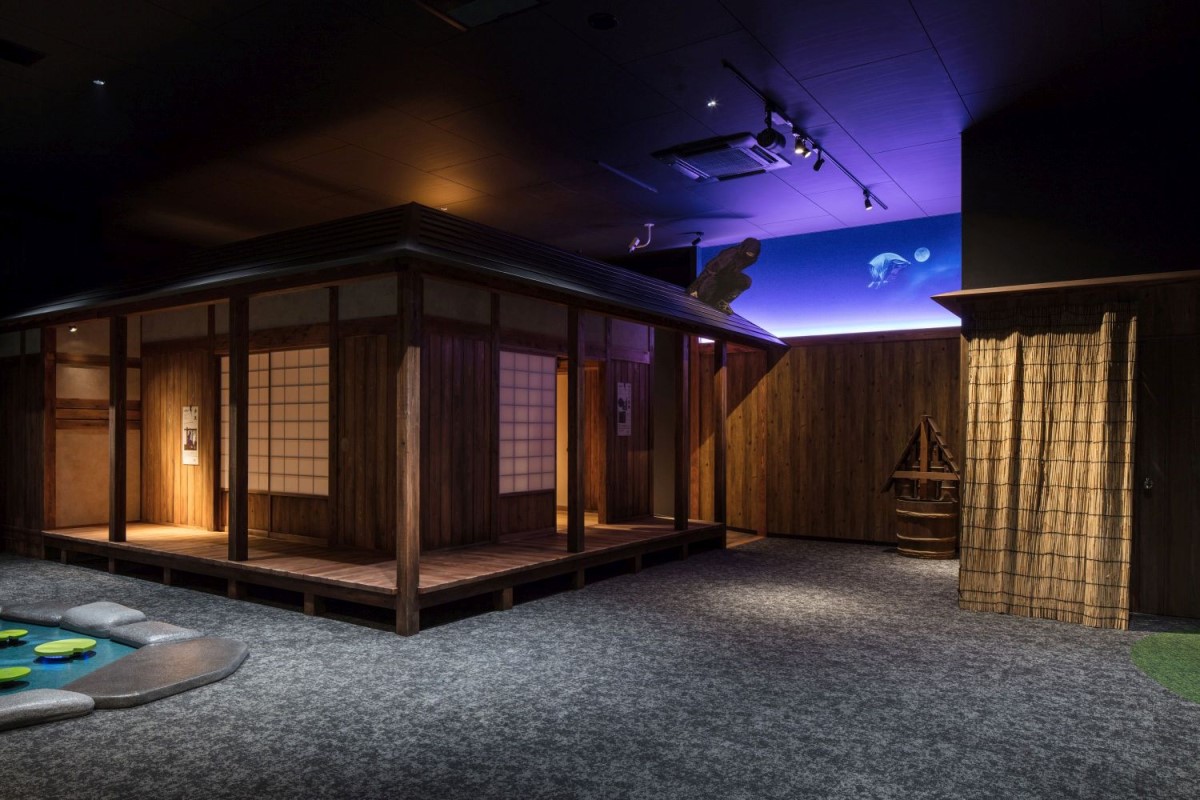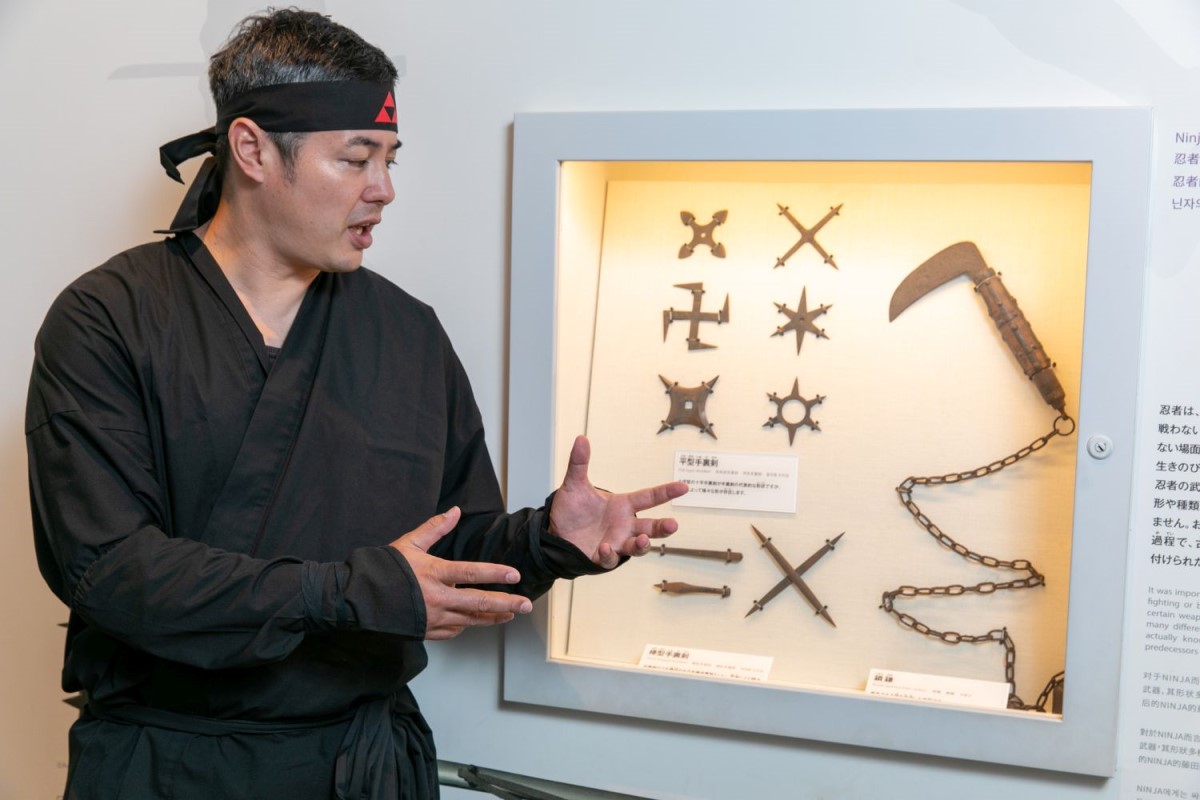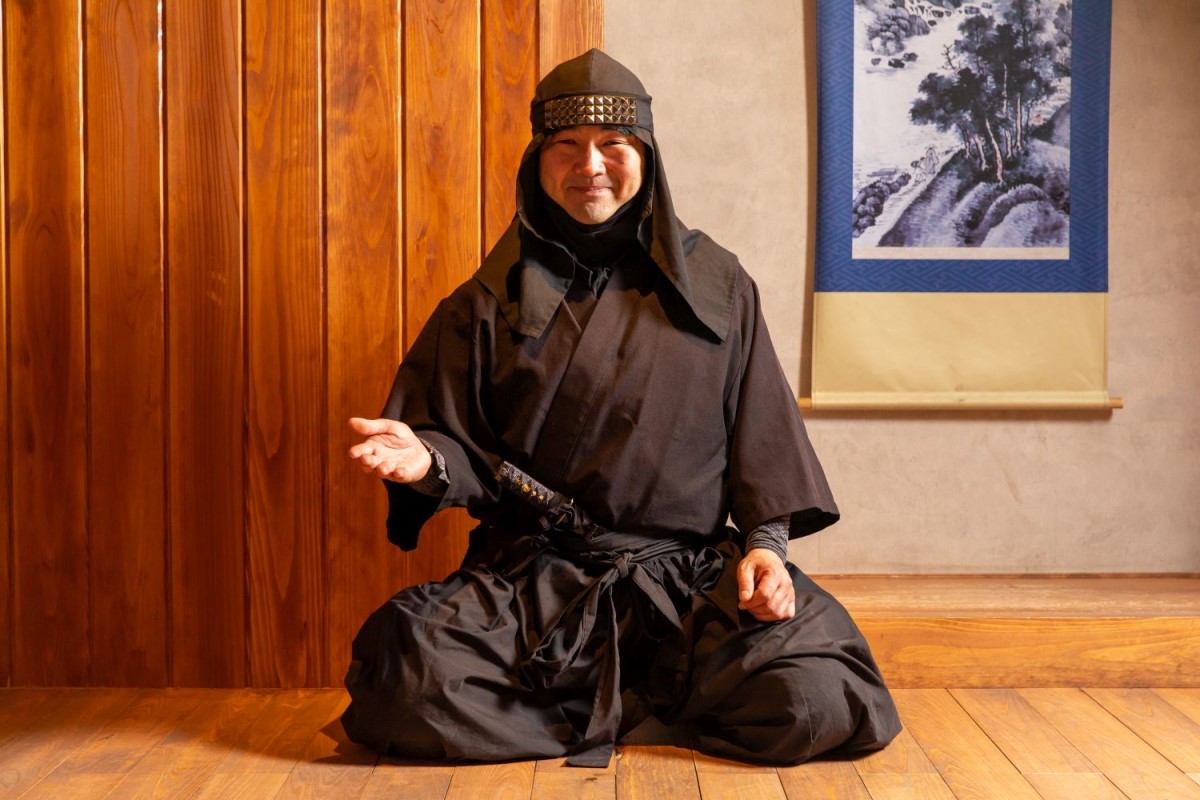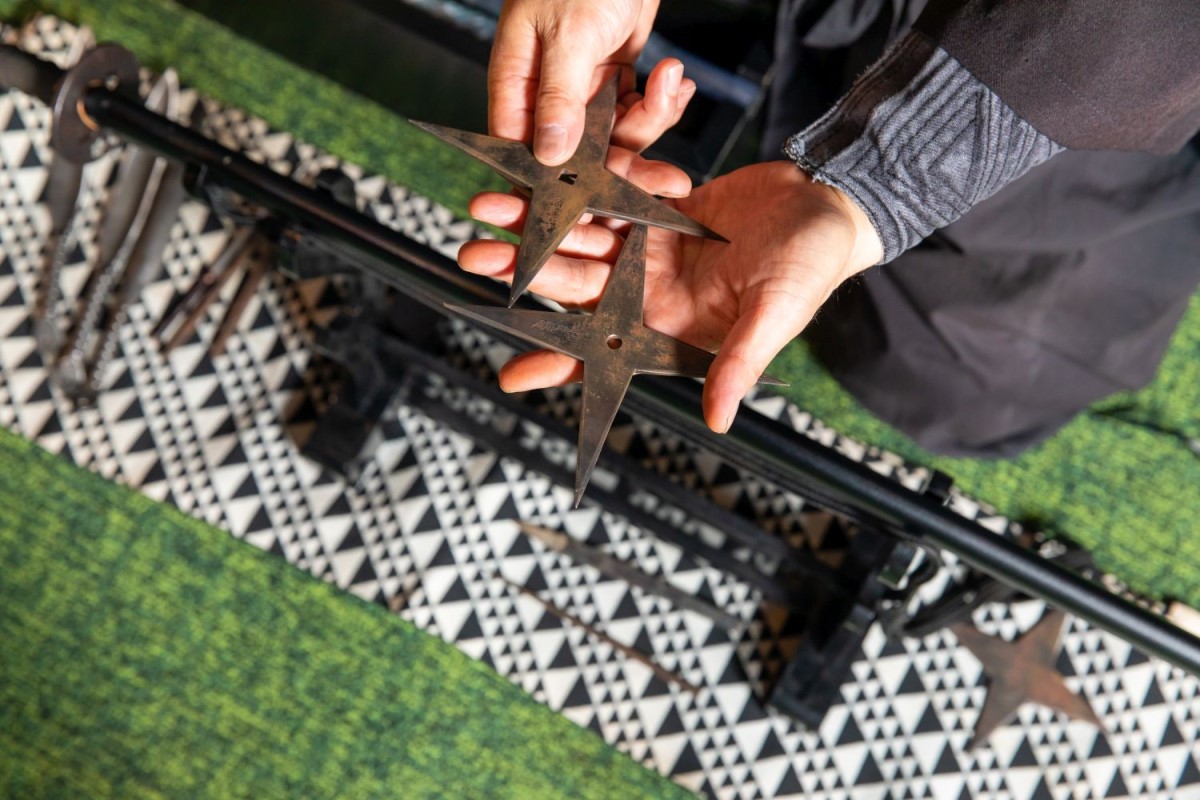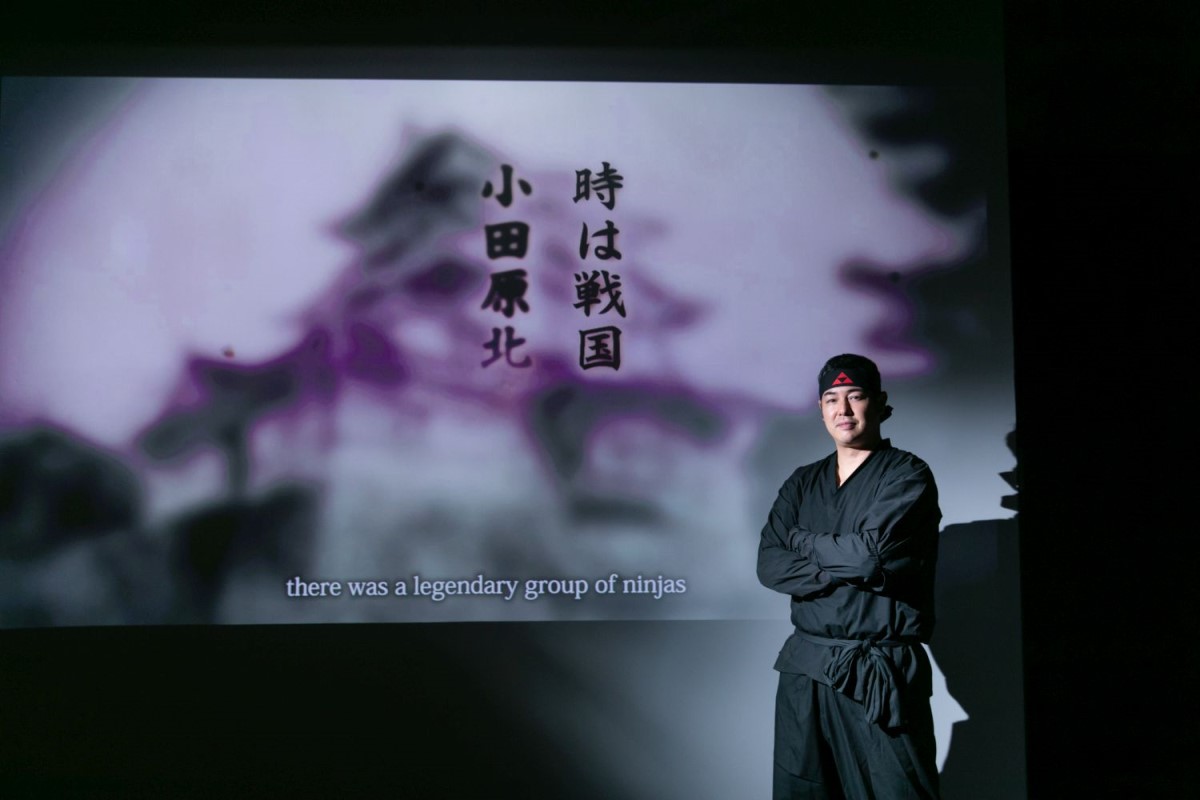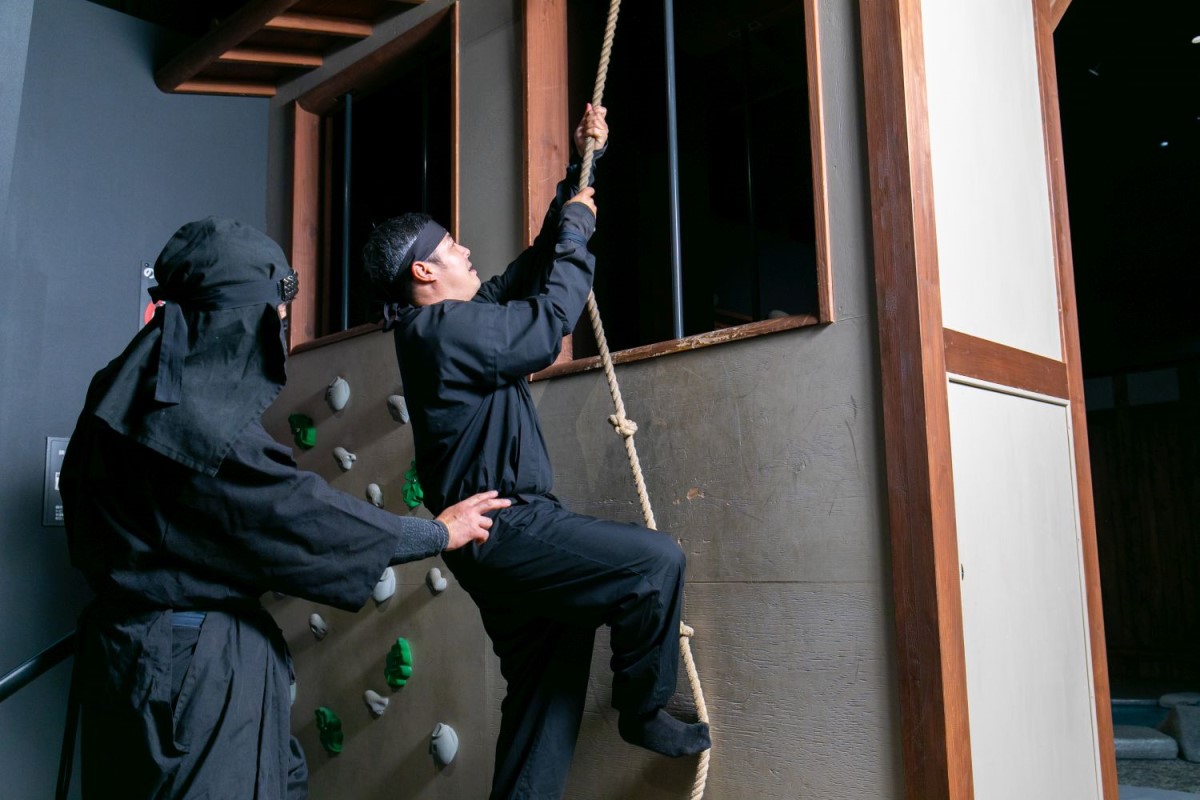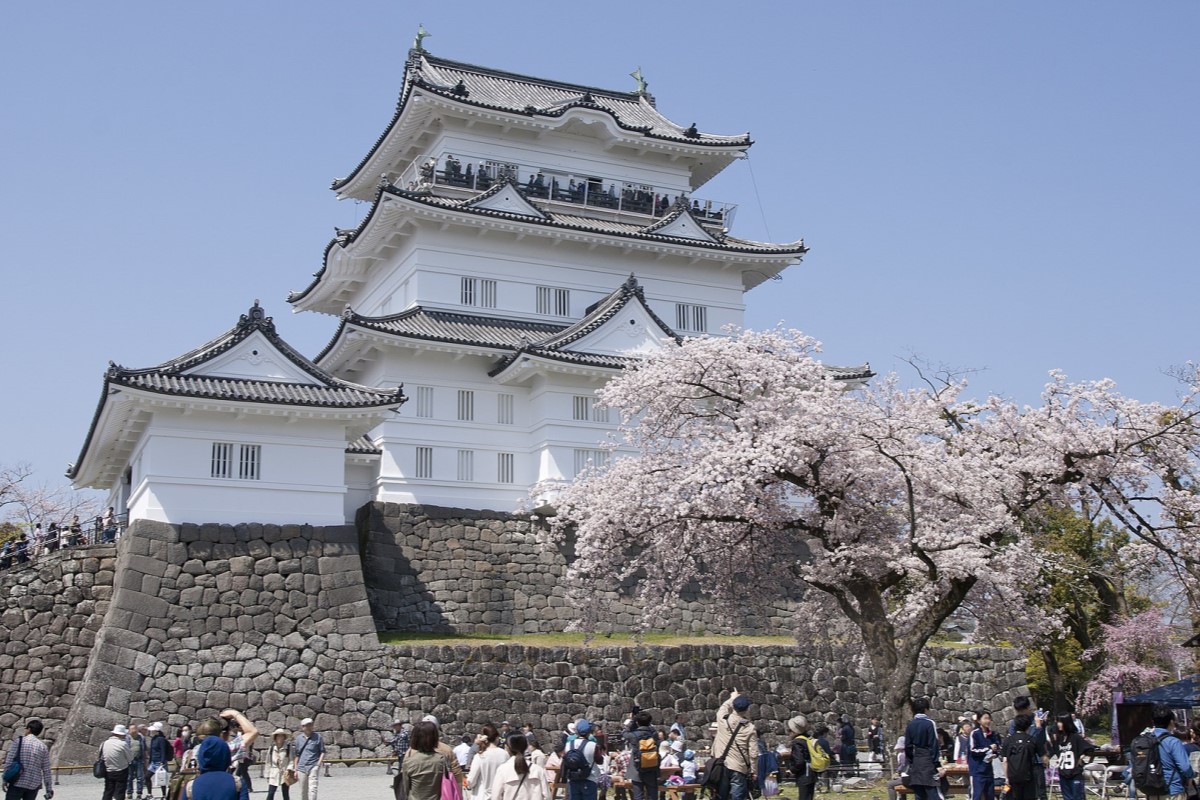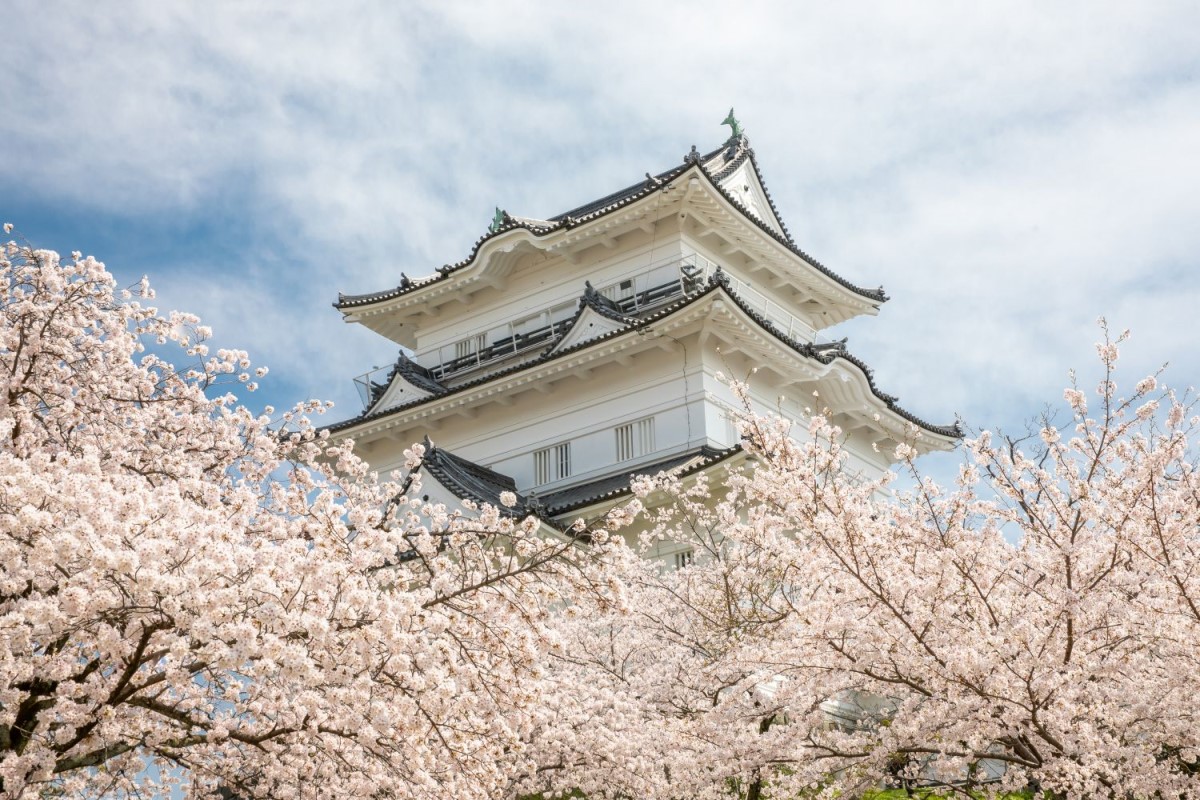The Fuma Ninja of Odawara
The Fuma Ninja of Odawara

The city of Odawara was once the home of the illustrious Fuma Ninja clan. Situated on the Pacific coast, just south of Tokyo in Kanagawa Prefecture, Odawara was a key location during Japan’s feudal era and remains a major transportation hub. Today, Odawara can be accessed from Tokyo or Yokohama by a 30-90 minute ride on the Tokaido Shinkansen, JR Tokaido Line or Odakyu Odawara Line. The Tokaido Shinkansen also provides access from Nagoya, Kyoto and Osaka.
The city is perhaps most famous for Odawara Castle, once the seat of the powerful Hojo clan. Originally built in the 15th century, an impeccable reconstruction of the three-tiered castle can still be visited today. Perched on a hilltop, the castle keep was reconstructed based on historical diagrams from the Edo period. Inside, visitors can find many historical artifacts on display, including swords and suits of armor.
During Japan’s feudal era, regional lords were constantly vying for power, and ninja clans served the lords as spies. Despite their depiction in popular culture emphasizing martial arts prowess, ninja were primarily valued for their intellect and problem solving skills. They specialized in covert assignments, such as espionage, ambushes, and night raids.
The Fuma Ninja from Odawara were a small clan of guerilla fighters who were active during Japan’s warring states period (1467 –1615). They conducted ambushes on horseback, as well as attacking from the sea, and were divided into four groups: bandits, pirates, burglars and thieves. The leader of the Fuma Ninja clan had the title of Kotaro, and the most legendary leader was the fifth Kotaro. He is said to have been an imposing man, over two meters tall, with a muscular physique, sharp eyes, a black beard and a very long nose.
While other ninja clans worked for various lords, the Fuma were said to have served the Hojo clan for generations. The Hojo were a stable, unifying presence during a tumultuous period in Japanese history. Under their rule, Odawara prospered as a center of politics, industry, and culture. For nearly 100 years they fortified and defended the city, until it eventually was overpowered by Toyotomi Hideyoshi’s army in 1590.
Recently, renewed interest in the renowned Fuma clan has emerged, thanks to the manga Naruto. The popular manga features a fictionalized Fuma Ninja clan that fights with a giant shuriken, or throwing star. Though inspired by the original clan, the Fuma Ninja of the manga are not based in historical fact.
The techniques employed by ninja in conducting their missions are today referred to as ninjutsu. Since their work was secret, there are few written records on ninjutsu, and the techniques were primarily passed down orally.
Today, ninjutsu practitioner Hiroshi Jinkawa is keeping the traditions of the ninja alive, offering interactive online classes in both English and Japanese. Hosted at the Ninja Hall on the grounds of Odawara Castle, the program illuminates the history of the ninja in Odawara, introduces historical artifacts, and provides instruction in ninjutsu. Participants can learn practical techniques used by ninja, such as breathing, concentration, and mindset.
Odawara Castle is located just a ten minute walk from Odawara Station. In addition to the castle itself, visitors can also enjoy Odawara Castle Park. With plum trees, cherry trees, and azaleas, the park is beautiful year-round. To learn more about Odawara’s attractions, local specialties and events, check out the Odawara City Guide at: https://www.city.odawara.kanagawa.jp/kanko/language/english/
Sources:
Iga Ninja Museum Webpage
Japan Ninja Council website
Odawara Castle Ninja museum (JPN)
Odawara Castle (JPN)
Touken World (JPN)
Odawara City Official Website
Japan Guide.com – Odawara Castle
Get to Know Japan: Kanagawa
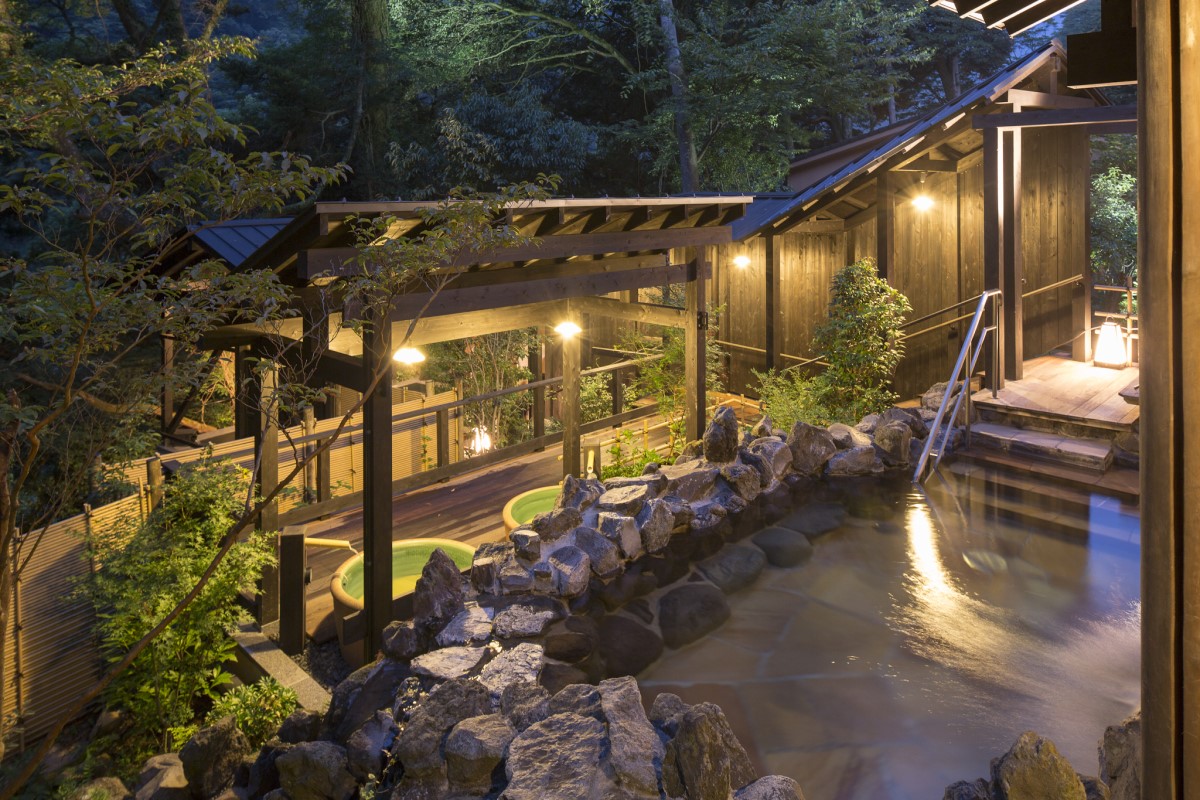
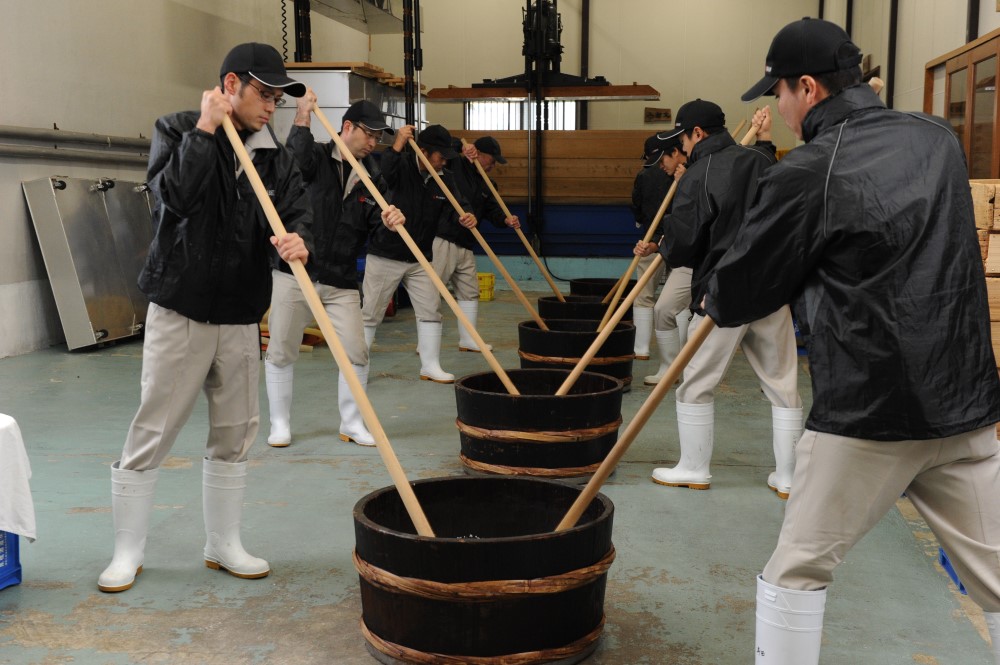
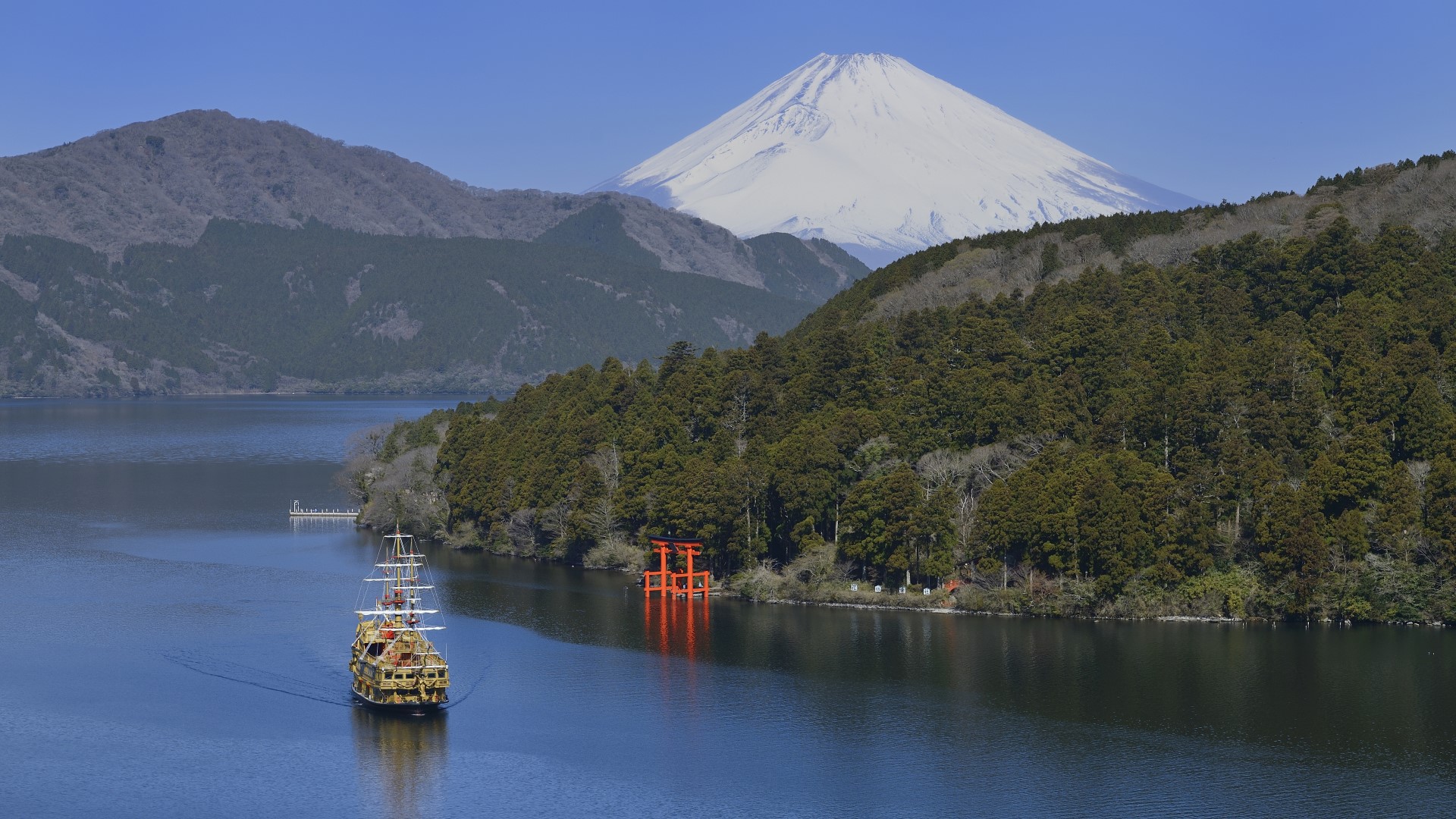
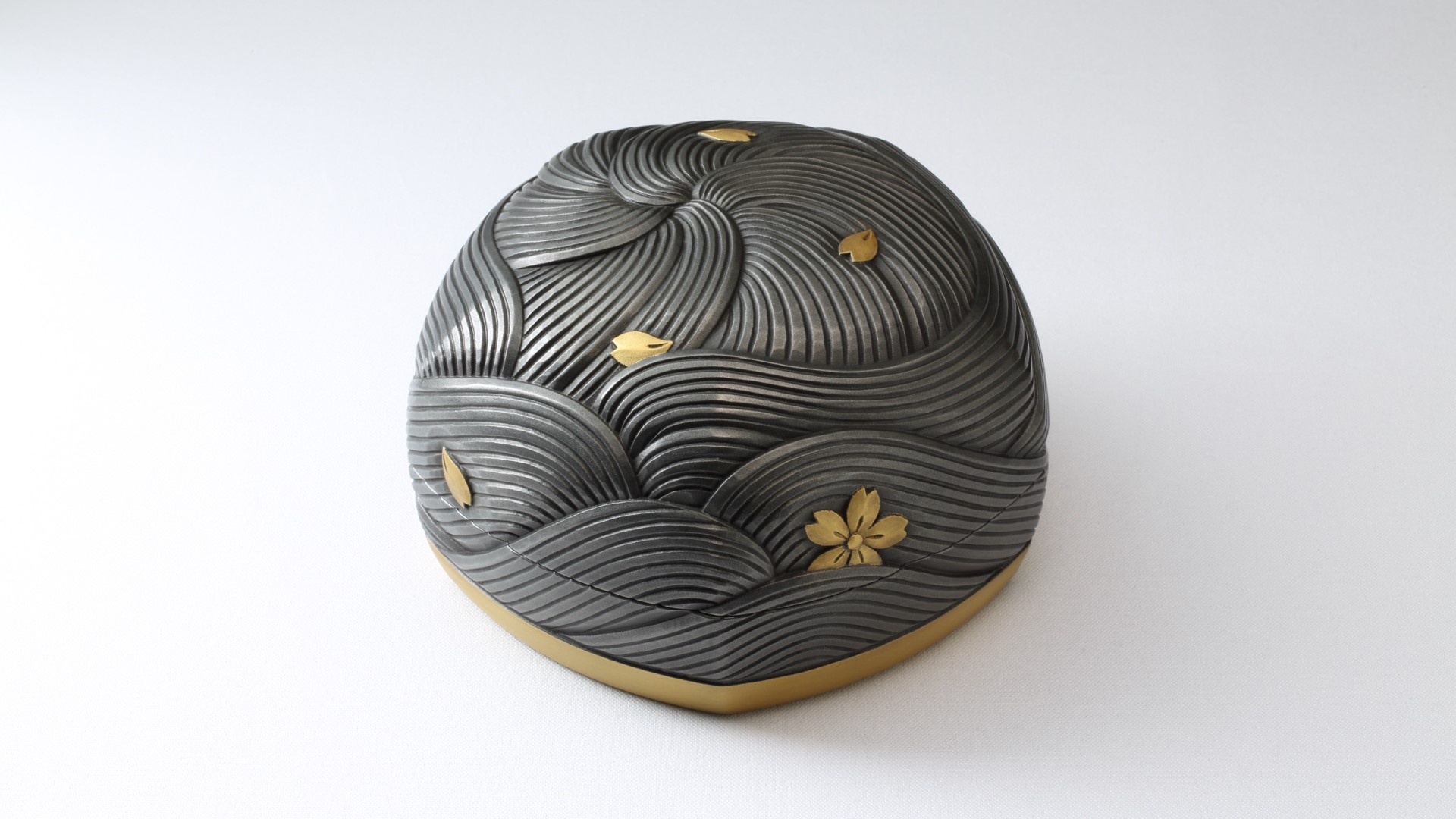
Get to Know Japan Series: Kanagawa is co-organized by Kanagawa Prefectural Government.

Talks+ Programs at Japan Society are generously sponsored by MUFG (Mitsubishi UFJ Financial Group).


